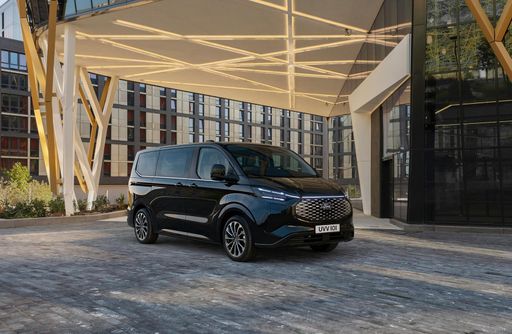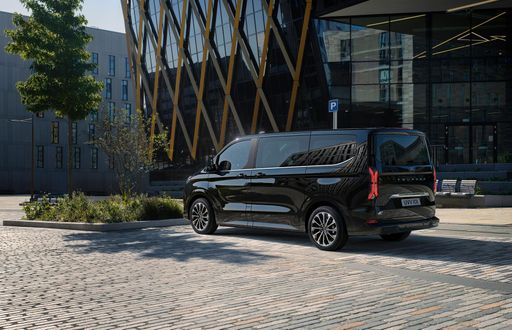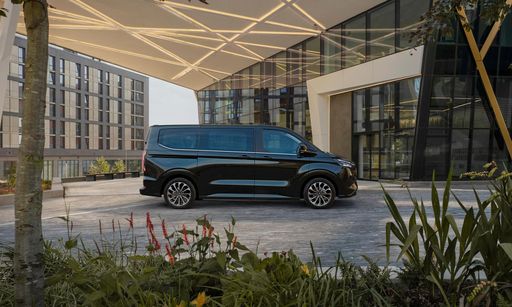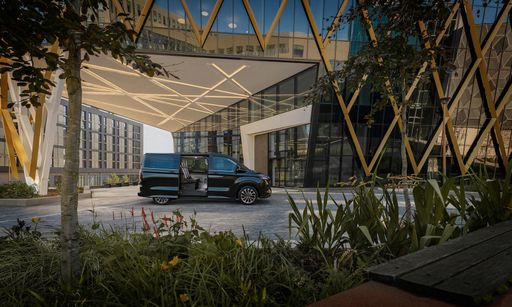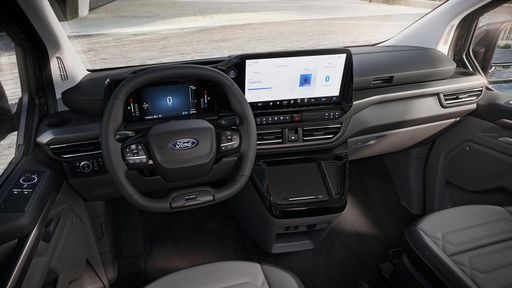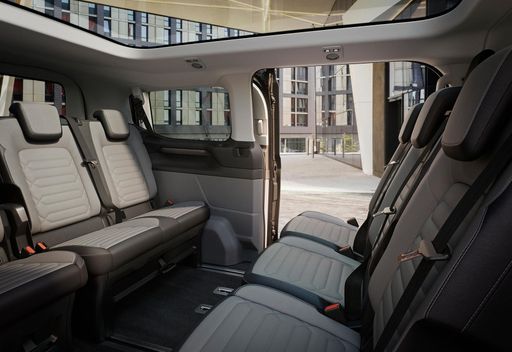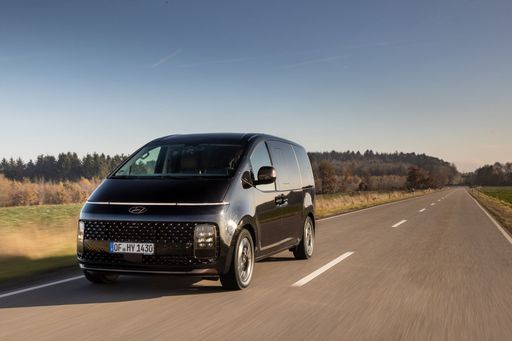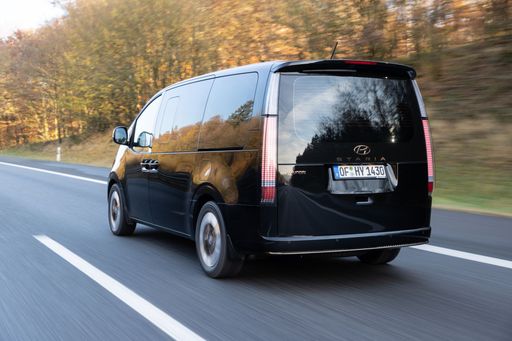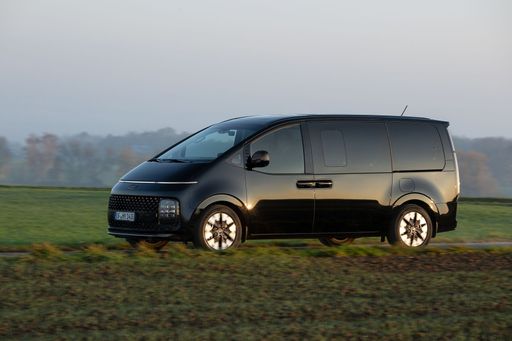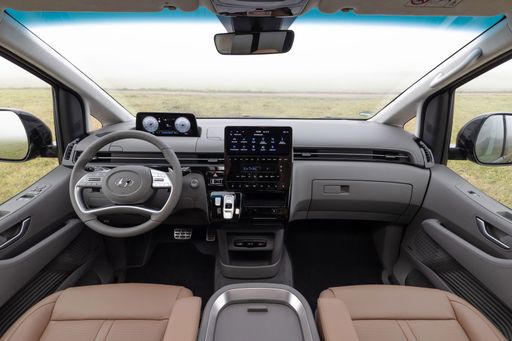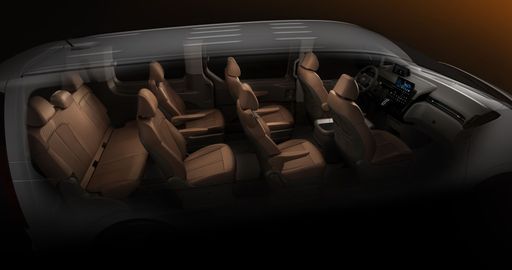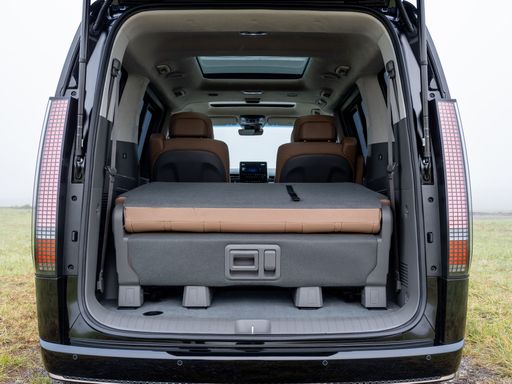Ford Tourneo Custom vs Hyundai Staria: A Comprehensive Comparison
When it comes to family vans and shuttle buses, the Ford Tourneo Custom and Hyundai Staria stand out as two of the top contenders in the market. Both vehicles cater to the needs of large families and businesses, combining spacious interiors with modern technological features. In this article, we’ll delve deeper into the technical specifications and innovative features of these two vehicles to help you decide which one might be the better fit for your requirements.

